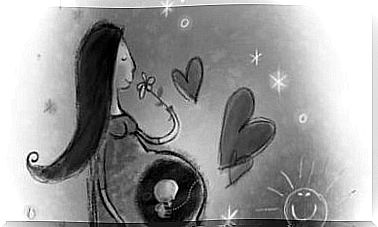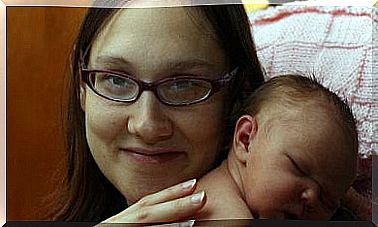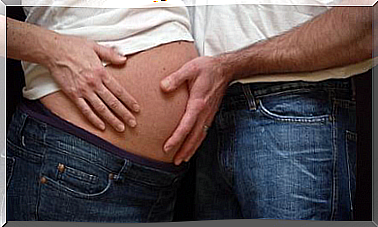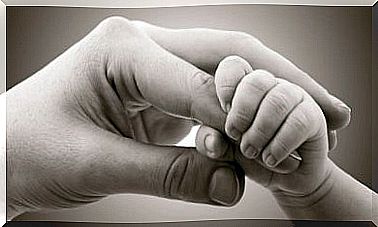Breastfeeding Tips After Cesarean Section
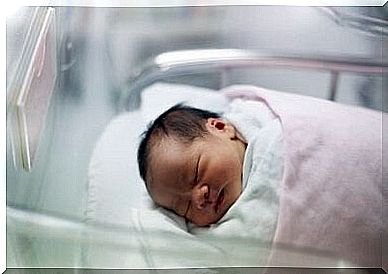
“We’ll have to have a cesarean section” – no mother-to-be is happy with these words. Having a baby is something that most women want to experience fully and consciously. We want to push and thus bring our little one into the world.
But sometimes there is no other way. After all, every mother wants the best for her baby, which is to be healthy.
Although a cesarean section may seem like an easy option at first glance, for many women there is a catch: breastfeeding. When a woman gives birth via cesarean section, it seems to take longer for her milk to start. According to specialists, this is not due to the caesarean section itself but rather to the hospital practices that accompany it.
Breastfeeding after a caesarean section
The first factor that affects a mother’s ability to start breastfeeding is separation from her baby. To this day, mothers are separated from their babies after cesarean section, often for long periods. This means that early mother-child contact is missing and breastfeeding is made more difficult. But why?
About 2 hours after birth, babies become lethargic. The best thing to do then is to breastfeed them and then let them sleep deeply. From the first moment the child will learn how to latch on and feed.
However, if the baby goes to sleep without being fed, they are likely to sleep longer. When they wake up, they seem restless. They have missed something that their instincts say is vital, even if they don’t know exactly what.

Some hospitals therefore opt for bottle feeding after a birth by caesarean section. However, this can lead to problems with breastfeeding later on. This is because latching on requires much more effort than sucking on a plastic bottle teat.
A mother’s limited mobility after surgery can also cause problems. A cesarean section is surgery and leaves a wound that takes time to heal. This makes it difficult to find the right position to breastfeed.
Which tips help with breastfeeding after a caesarean section?
Breast milk normally starts within 30 to 72 hours after birth. This is independent of whether it was natural, elicited or by caesarean section. This is a
It is not common for women not to produce breast milk after giving birth. On the contrary, only 1% of women have low milk production. So whether you gave birth by cesarean section or not, or even if your baby cries, it doesn’t mean your milk isn’t flowing properly. Many women believe that when their child cries while feeding, he or she has not had enough milk or is hungry. This is not always the case.
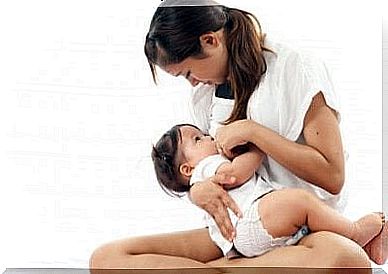
Breastfeeding Tips After Cesarean Section:
- The most important thing is to latch on your baby as soon as possible after birth. There are breastfeeding pillows that can help you with this without putting pressure on the site of the cesarean section. There are also certain positions that can make breastfeeding easier after a cesarean section. Ask your doctor for advice. When your baby sucks, it can help get your milk going.
- Let your baby suck whenever he wants until your milk flows freely.
- If possible, ask not to be separated from your baby after surgery. Try to convince the nurses to give your child to the father. He can then use skin-to-skin contact to keep your baby warm. That way, your baby doesn’t have to waste energy regulating its body temperature. This means that your baby can stay close to you from the start.
- When you are in pain, you can take painkillers. Your doctor can give you a prescription that is suitable for breastfeeding. Pain can cause your milk to not start properly.
- Try to stay calm and relax. Fatigue and stress affect milk production.
Just because you’ve had a cesarean section doesn’t mean you can’t breastfeed your baby. As we have seen, there are many factors that can make breastfeeding more difficult after a cesarean section, but there is a solution for everything.

